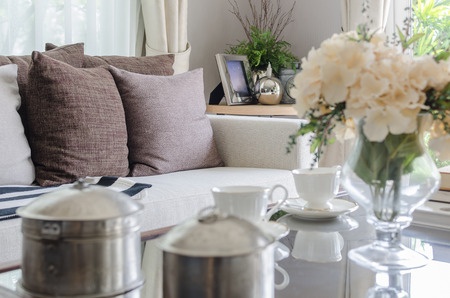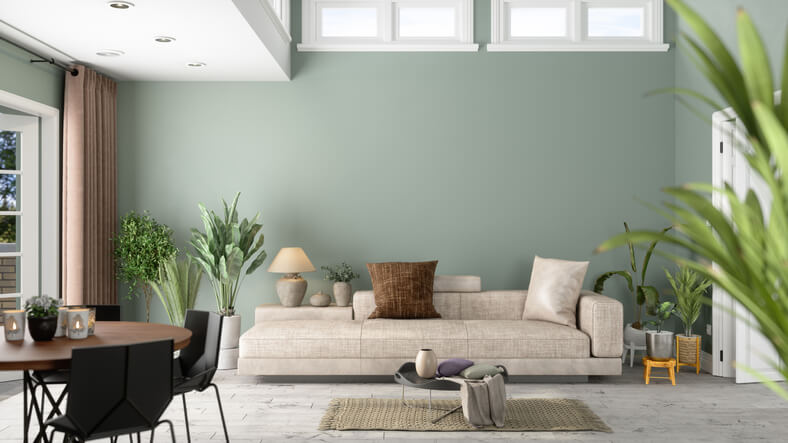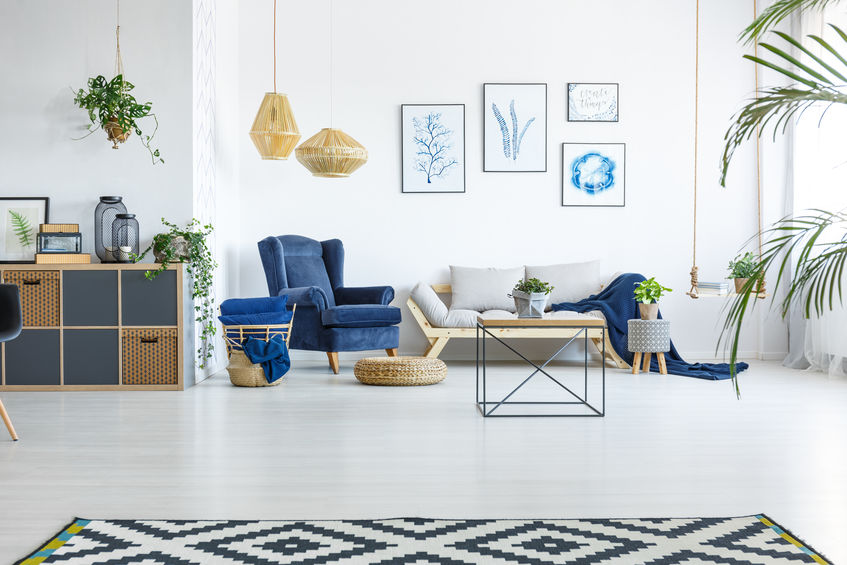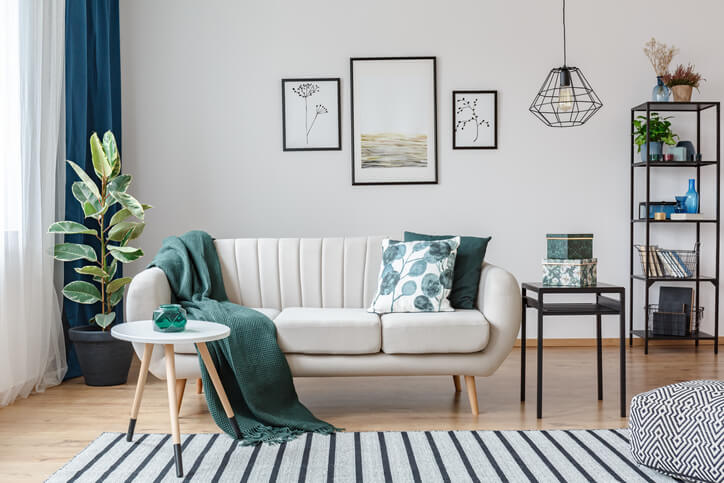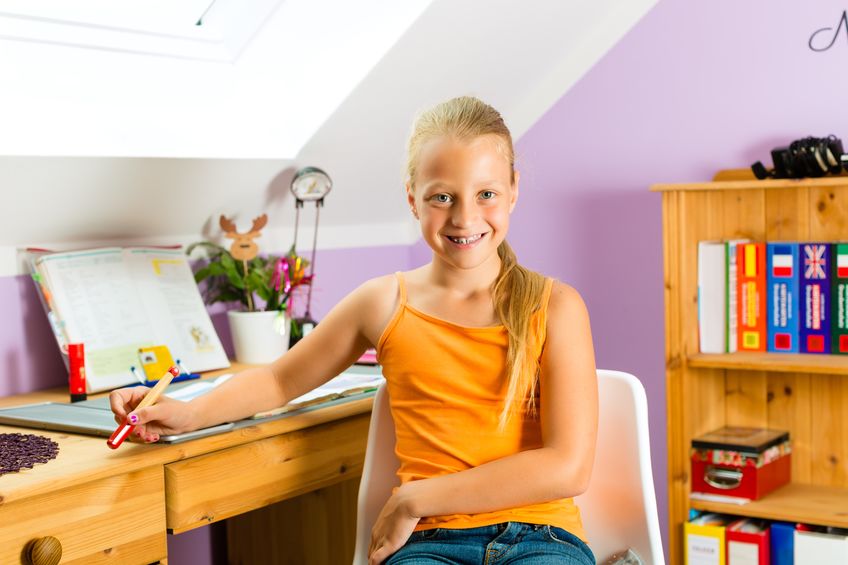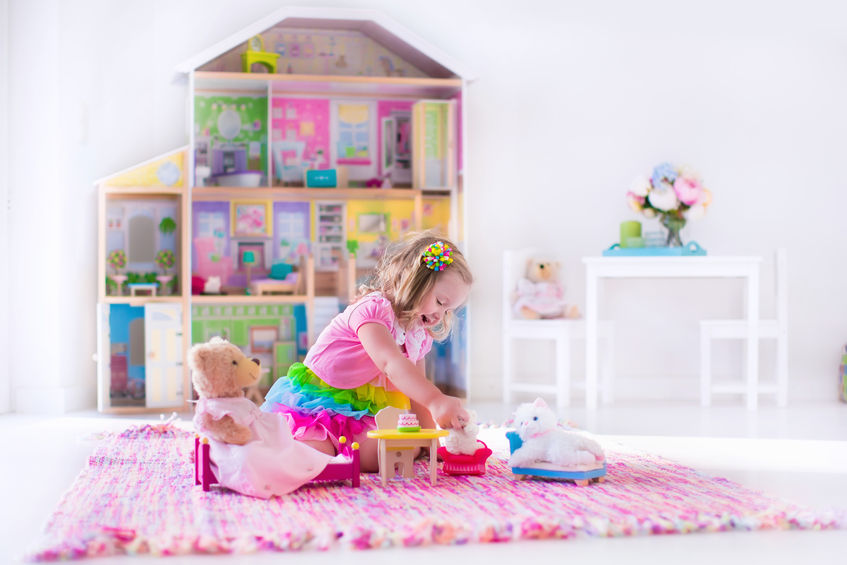10 Living Room Decorating Tips
10 living room decorating tips. Even the most beautiful living room furniture won't work together if not arranged in a way that beckons you to come in and sit a spell.
And decorative objects that are poorly placed or lost amid neighboring items often look extraneous rather than ornamental.
When it comes to interior design, the number one rule is that the arrangement of a room's contents is as important as the contents themselves.
Chances are your seemingly stale room already contains all the elements to make it warm and vibrant. These 10 living room decorating tips can help bring this room back to life.
10 Living Room Decorating Tips
1. Reconsider Your Living Room Furniture Placement
How do you know if your furniture placement needs some professional polish? Look around your living room - is your furniture flush against the walls?
Position furniture at an angle or floating away from the wall to create a sense of depth and softness. This makes the room feel less boxy, more intimate, and inviting.
2. Decorate Around the Room's Focal Point
Start by placing the most significant piece, usually the sofa, so it faces the room's main focal point, such as a window with a view or a fireplace.
Next, group the rest of the seating a maximum of 10 feet (3m) from the sofa - farther away makes conversations while seated difficult.
3. Balance Furnishings of Similar Size
Place pieces of similar size across from each other to balance them. For example, a pair of upholstered chairs opposite the sofa will provide a better balance than a pair of delicate wooden chairs.
Within your conversational circle, allow 3 feet (1m) between pieces for natural traffic flow into and out of the seating area.
4. Place Major Elements on Separate Walls
Balance the room by putting major elements on separate walls; the television armoire will be more prominent if it isn't beside the fireplace.
Place darker pieces where they'll get the most light, such as by a window or floor lamp—a dark cabinet will disappear in a dimly lit corner.
5. Living Room Decorating Tips for Large and Small Rooms
If the room is large, set up a secondary area to make it feel cozier and do double duty. Add a desk and chair to a window corner, or create a family game area with a small table and a few chairs.
To create the illusion of more space in a smaller room, place the furniture, starting with the sofa, on a corner diagonal.
This prominent placement takes the focus off the room size and puts it on the furnishings instead. Resist the urge to fill the room with every stick of furniture you own. Bare areas imply spaciousness.
6. Living Room Decorating Tips to Make Your Living Room Livable
Whatever your living room's size, you should arrange its furniture in a way that makes living comfortable.
If you plan to use it for entertaining, are there enough places for guests to set down glasses and plates? If a coffee table is out of reach from some chairs, place small tables beside it.
Will you be watching Humphrey Bogart classics from your sofa? If so, make sure there's a shelf or cabinet nearby with space to store your Casablanca and The Maltese Falcon videotapes.
7. Living Room Decorating Tips For Placement of Decorative Objects
Now that the foundation—your furniture—is in place, it's time to consider the placement of your decorative objects.
Your collections, artwork, and photographs are the elements that project your personality into a room. Why not show them off as a designer would, making the most of each piece of furniture?
While many tiny treasures scattered about a room may seem homey, the overall effect is usually unfocused rather than appealing.
Instead, group items that have a similar texture, shape, or theme together on shelves, on a coffee table or end table, or atop the armoire—and leave a hand's breadth or more of space between each grouping for maximum effect.
8. Living Room Decorating Tips For Walls: Picture Pizzaz
Is your picture arrangement boring? Consider rehanging your wall treasures in asymmetrical groupings rather than in straightforward rows; this creates a sense of drama.
Place the bottom edge of the lowest piece 6 to 8 inches (15-20cm) above the top of the furniture; work upward from there, going as high as you like.
Hang small groupings behind an elegant table or chair, a large picture behind your ample sofa.
If your room is dark, here's a simple way to lighten it up: Purchase a trio of inexpensive, ready-made mirrors and add ornate or exciting frames. The frames should have a common element, such as a similar shape, finish, or theme.
If you're going Victorian, choose a trio of similarly ornate, perhaps gilded frames; if you're after an Art Deco feel, three floral motifs will work nicely together.
Mirrors bring light and depth to a room. For the most significant benefit, hang your mirrors on the wall opposite or adjacent to a window with their horizontal center just a bit higher than eye level.
Alternatively, install several small wall-mounted spotlights to shine down on your favorite pictures of your beautiful shell collection.
9. Living Room Decorating Tips For Plant Placement
Consider your plant placement. If you've stashed that lovely ficus or palm tree in the corner, bring it out! Ideally, plants should enhance something nearby, such as a chair or a lamp, instead of looking like an after thought.
10. Go For A Designer Finish
Finally, take a tip from home-design magazines and designers themselves: Any room quickly becomes brighter and more inviting when you add a cozy throw blanket, a sparkling crystal vase or sculpture, or a polished brass or gilded picture frame.
Adding a few of these and making the most of what you already have inside the room can give your home professional design polish.
- Clean Home
- Easy Home Decorating
- Living Room Decor Tips
